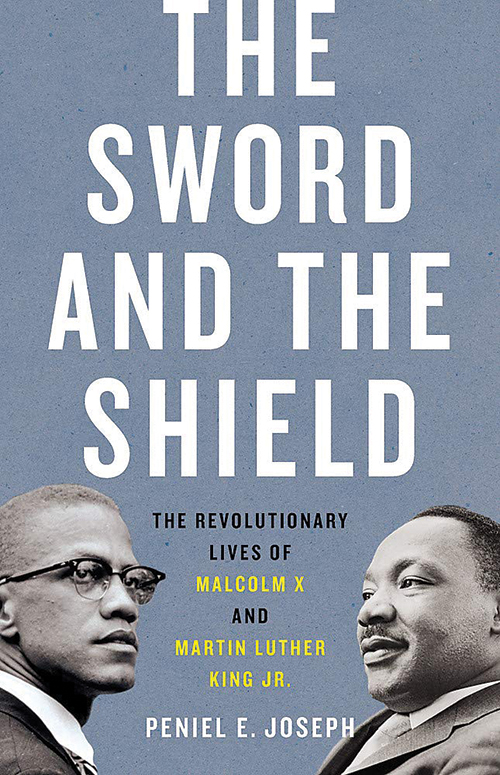Jane Iwamura - Virtual Orientalism - Asian Religions and American Popular Culture (2011, Oxford University Press)
Virtual Orientalism: Asian Religions and American Popular Culture
by Jane Naomi Iwamura, D.T. Suzuki (Subject)
3.57 · Rating details · 42 ratings · 6 reviews
Saffron-robed monks and long-haired gurus have become familiar characters on the American popular culture scene. Jane Iwamura examines the contemporary fascination with Eastern spirituality and provides a cultural history of the representation of Asian religions in American mass media. Encounters with monks, gurus, bhikkhus, sages, sifus, healers, and masters from a wide variety of ethnic backgrounds and religious traditions provided initial engagements with Asian spiritual traditions. Virtual Orientalism shows the evolution of these interactions, from direct engagements with specific individuals to mediated relations with a conventionalized icon: the Oriental Monk. Visually and psychically compelling, the Oriental Monk becomes for Americans a ''figure of translation''—a convenient symbol for alternative spiritualities and modes of being. Through the figure of the solitary Monk, who generously and purposefully shares his wisdom with the West, Asian religiosity is made manageable—psychologically, socially, and politically—for popular culture consumption. Iwamura's insightful study shows that though popular engagement with Asian religions in the United States has increased, the fact that much of this has taken virtual form makes stereotypical constructions of "the spiritual East" obdurate and especially difficult to challenge. (less)
GET A COPY
KoboOnline Stores ▾Book Links ▾
Paperback, 232 pages
Published January 14th 2011 by Oxford University Press, USA (first published December 14th 2010)
Write a review
Keith
May 04, 2020Keith rated it it was ok
Shelves: pop-culture, spirituality, buddhism, z-library, literary-criticism, china, india, japan, anthropology, zl-sf-main
I started in on this when I was waiting to get my hands on Said's ur text on the topic, figuring that it would at least give me a beginning on understanding the idea of "orientalism" in the critical sense through a more modern (contemporary, post-modern) lens and characters with which I am more familiar, focusing as it does principally on the American & Western reactions to Zen scholar D.T. Suzuki, Beatle-guru Maharishi Mahesh Yogi, and the fictional half-Chinese half-monk Kwai Chang Caine as portrayed by not-at-all-Chinese David Carradine in the 70s TV movie and series Kung Fu. Having now read both, my impression is that Iwamura is coming from a rather different angle than was Said, perhaps as different as Media Studies is from Philology.
Both have a decidedly academic bent, though my sense is that Said reads more like a professor, and Iwamura as a strident grad- or post-grad student. The fact that Said's text is twice as long and generally considered both pioneering and classic, whereas this is a rather thin and obscure paperback perhaps also says something about their relative depth and importance. But at bottom, while both are discussing the colonialist attitude of the West to the East, it seems to me that Said's point was both deeper and more focused, and thus more useful to my research overall even though the crux of it all for him centered in Islam and Palestine and the European appropriation of both, whereas the focus here is more on the Far East as it has been brought to and co-oped by America. Two related, but distinct, orientalisms, while fundamentally what I need falls somewhere between the two. (less)
flag1 like · Like · comment · see review
Jess
Apr 30, 2019Jess rated it really liked it
Shelves: academia, 2019-reading-women
Solid overview; but obviously being nearly 10 years old means it would be excellent to have more current examples of pop culture. Contemporary films such as the Batman and Star Wars franchise would offer lots of material to examine.
flag1 like · Like · comment · see review
Andrew
Nov 10, 2017Andrew rated it it was ok
The chapter on Kung Fu has some pretty good stuff in it.
flagLike · comment · see review
John Tobin
Jun 11, 2019John Tobin rated it liked it
Pretty good ideas but didnt feel fully fleshed out. Seemed a bit like 3 articles put together in a book.
flagLike · comment · see review
Michael Laflamme
Sep 24, 2016Michael Laflamme rated it liked it · review of another edition
Very good.
Those of us born, circa 1954, have lived every page of this book. Our feeble understanding of cultures of the East has not been improved by our exposure to Western media interpretation. Our generation is well rebuked for the intellectual laziness and dishonesty that allows history to be replaced by hokum. This book is a rare effort to enlighten us. Well done!
flagLike · comment · see review
Josh Brett
Feb 15, 2014Josh Brett rated it liked it
Everybody was Kung-Fu fighting, and in doing so, they construct a racial and gendered equilibrium in which the dominant group is able to maintain the patriarchal privilege to speak, act, and fight on behalf of the Other.
flagLike · comment · see review
























